GLAN, Sarangani (March 8, 2007) – An oceanographic vessel from Manila was on its final phase Thursday of deploying 50 fish aggregating devices or payaos in the municipal waters of Sarangani.
The skipper of M.V. DA-BFAR said the vessel was making the largest deployment yet of payao in a single province in the country.
"This is the first time that we are deploying so many payaos," said Captain Ernaldo Cawaling. "In other provinces pa isa-isa lang."
M.V. DA-BFAR was set to deploy payaos from barangay Pinol in Maitum to barangay Batulaki in Glan since March 1, covering Sarangani's six coastal towns.
By Thursday (March 8), the nine remaining payaos were set to be dropped within the Sarangani Bay area of Glan and Malapatan towns.
Governor Migs Dominguez said the P5-million worth of payaos "will be used and monitored by the local government to ensure the alleviation of poverty along the coastal area of Sarangani."
The massive payao deployment followed the February 5 signing of a Memorandum of Agreement (MOA) and formal turn-over by BFAR director Malcolm Sarmiento Jr. and BFAR regional director Sani Macabalang to Governor Dominguez.
Macabalang said during the turn-over that the Sarangani payao project was "first of its kind" in the country.
According to the MOA, the BFAR is mandated by law to manage, conserve and develop and protect the country's fisheries and aquatic resources and marine environment in support to the implementation of the Tuna Productivity Enhancement Program.
The payao deployment follows a perpendicular distance of 3km from the shoreline and 3km parallel distance in between payaos.
In areas where coral reef is present, the perpendicular distance will follow 2km from the fringing reef type and 1km for offshore reef type.
In cove coastal areas, the perpendicular distance is 3km from the mouth of the cove. These distances were set for the effective management of payaos.
The M.V. DA-BFAR of the Department of Agriculture-Bureau of Fisheries and Aquatic Resources is a fisheries management, training, research and oceanographic vessel.
Her state-of-the-art scientific and technical equipment include fishing, communications, navigational, hydo-acoustics, oceanography, post harvest and hydraulic machinery for the conduct of offshore fishery researches. It has officers and crew of 44 and research staff of seven. (SARANGANI INFORMATION OFFICE)
Subscribe to:
Post Comments (Atom)

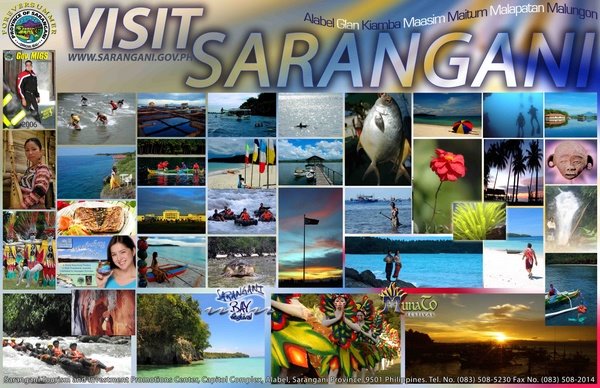




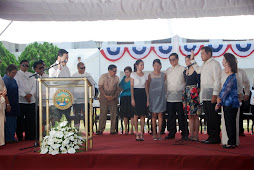
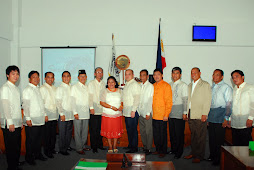

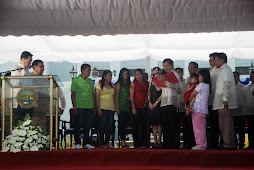
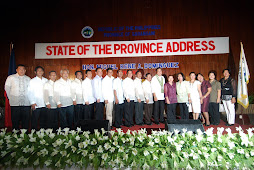
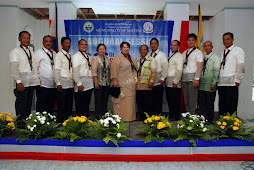







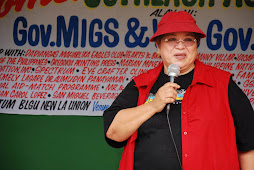

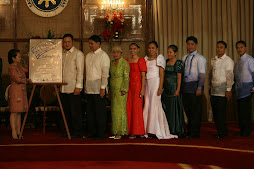





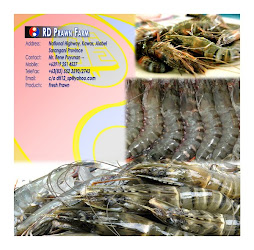
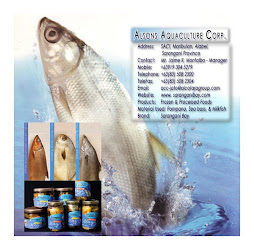



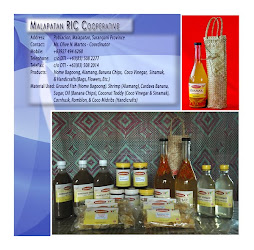

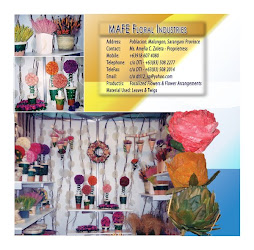
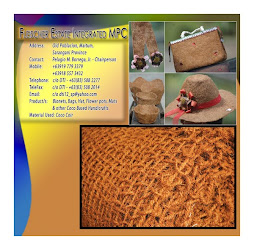

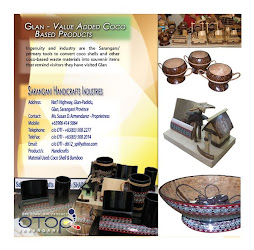

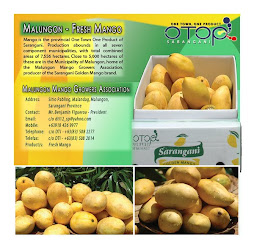
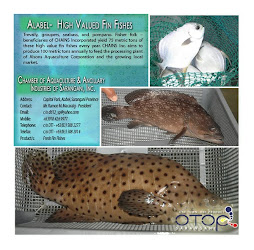


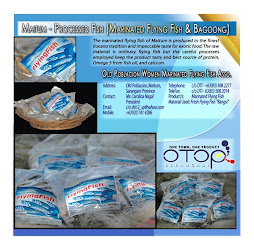

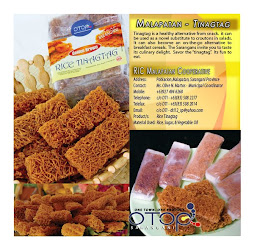
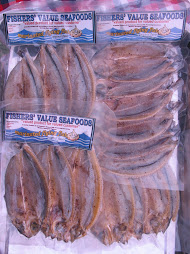
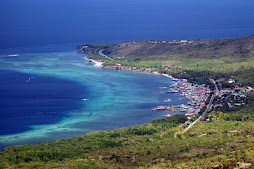

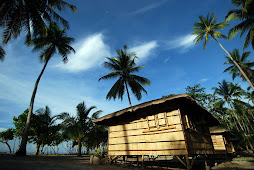
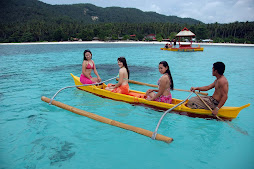

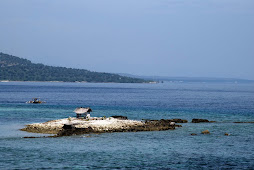
No comments:
Post a Comment